Types of Ducks – There are such a variety of types of ducks that they are often confused with unrelated water birds that are similar in appearance such as loons, grebes, divers, coots and gallinules.
Types of Ducks
Ducks are divided into several sub families and it is important to note that geese and swans are not considered ducks. Below are 10 common types of ducks explored.
1. Comb Duck
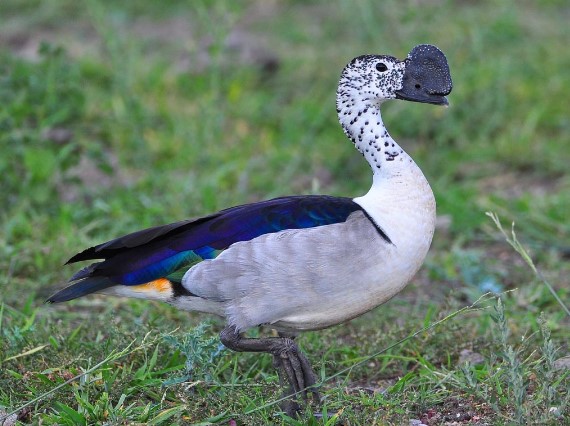
Found in tropical wetlands, this species is unmistakable with their white head that is freckled with dark spots. They feed on vegetation by dabbling or grazing on small fish, seeds and invertebrates.
2. Mallard Duck
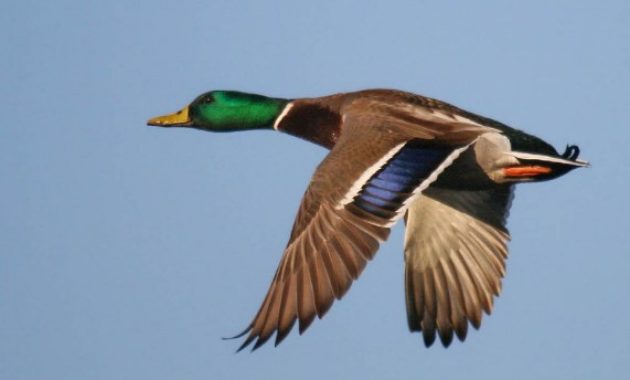
These are the most easily recognized types of ducks with the males having a green head and the females having a light brown head.
They live in wetlands, primarily parks, rivers and ponds and enjoy eating water plants and have been known to eat an occasional frog.
Mallards only form pairs until the eggs are laid and then the male leaves. The ducklings are capable of swimming and feeding themselves with insects as soon as they are born.
3. Mandarin Duck
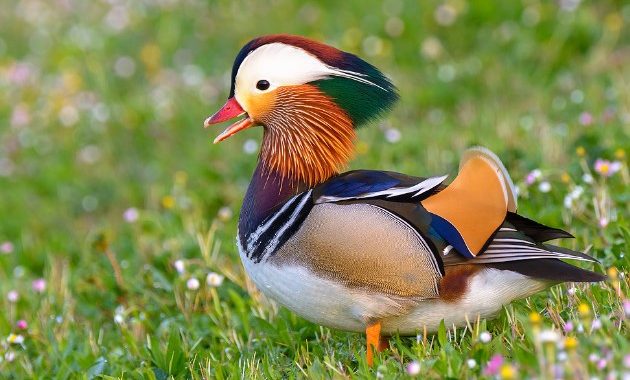
These are medium-sized, perching ducks. They have a distinct red bill, a large white crescent found above their eyes and a whiskered reddish face. The breast is purple and they have two orange sails that stick up at the back.
These are charming ducks that reside in wooded areas usually near shallow lakes, ponds or marshes. Mandarin ducks feed by walking on land or dabbling on seeds and plants.
They perch in trees during the day and feed at dawn or dusk.
4. Ruddy Duck
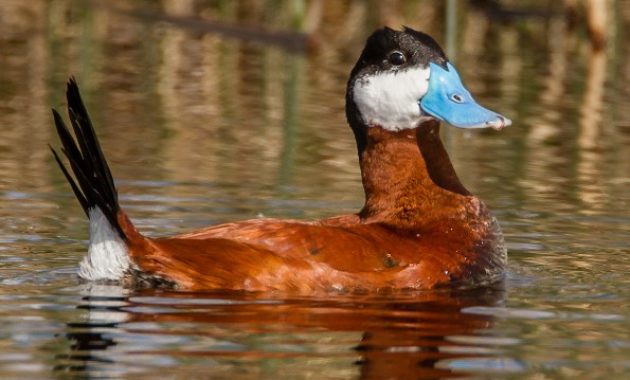
Stiff-tailed, small ducks is how this species is described. The males have a rust body while the females are gray-brown.
These types of ducks breed in marshy lakes and ponds and nest in very dense marsh vegetation, mostly near the water.
The Ruddy duck swims and dives underwater and they feed on seeds, aquatic insects, crustaceans and roots of aquatic plants.
5. Red-Crested Pochard
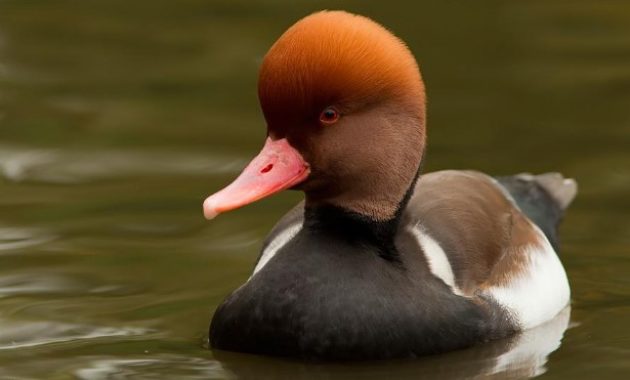
This is a diving duck, rather large and characterized as having rounded orange heads, black breasts and red bills.
They form flocks in the winter and feed by dabbling or diving, eating mostly aquatic plants. These ducks nest among vegetation by the lakeside and lay pale green eggs.
6. Muscovy Duck
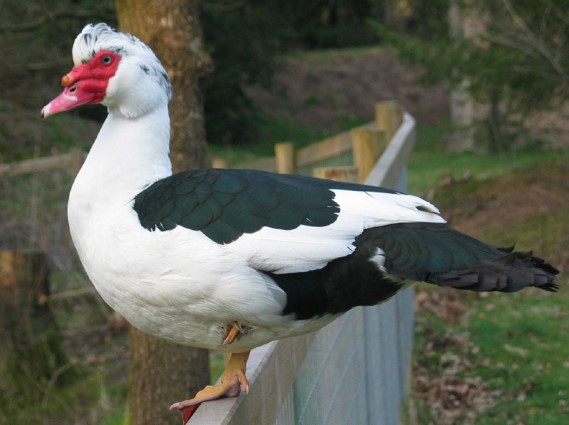
These are large types of ducks that are native to South America and Mexico but are slowly reaching parts of the Untied States.
Although they are a tropical duck, they can adapt to snowy and icy conditions with temperatures as low as -12°C.
Muscovy ducks have very long claws and a flat wide tail, black bodies and white large wing patches.
They are a non-migratory species that inhabit forested swamps, streams, lakes and grassland. Their diet is mainly made up of plant material, small vertebrates and some insects.
7. Peking Duck
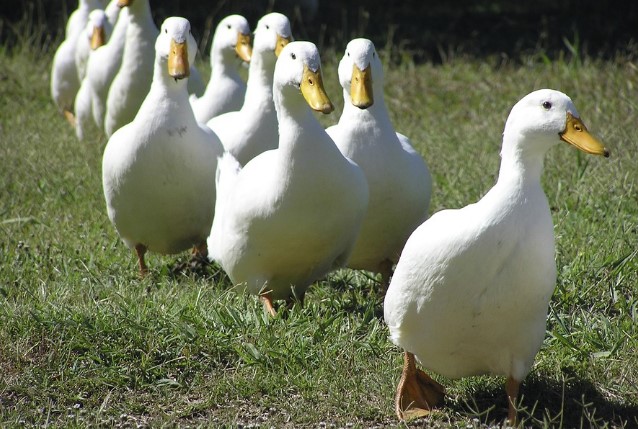
Primarily used for meat and egg production, they were bred in China from the Mallard. Hatchlings are bright yellow with orange bills and incredibly adorable.
They should not be allowed to swim in water while they are young as their feathers are not developed enough to protect them at an early age.
8. Ancona Duck
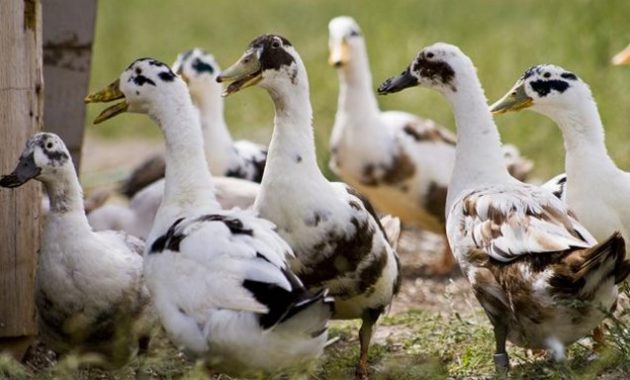
These rare types of ducks are increasing in population in North America. They are very calm and make great yard and pond breeding birds. Ancona ducks have oval heads, a concave bill and plumage underneath their eyes.
They come in a few colors such as black and white, chocolate and white, blue and white, silver and white, white with lavender and tri-colored.
9. Indian Runner Duck
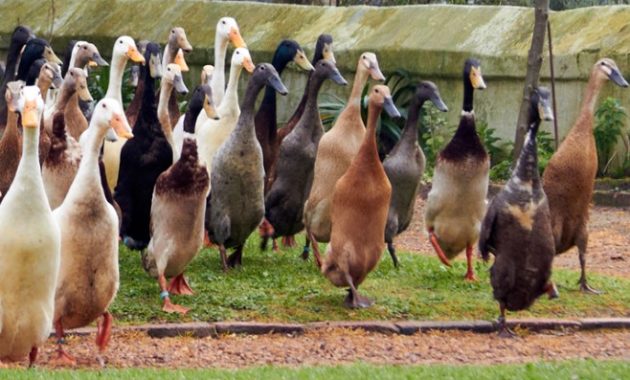
Characterized as being an extraordinary duck in appearance, assuming an erect attitude similar to a penguin.
They do not have the need for as much food as other larger breeds do and primarily enjoy worms, slugs, and other insects that they can find in streams and grass.
10. Silver Appleyard Duck
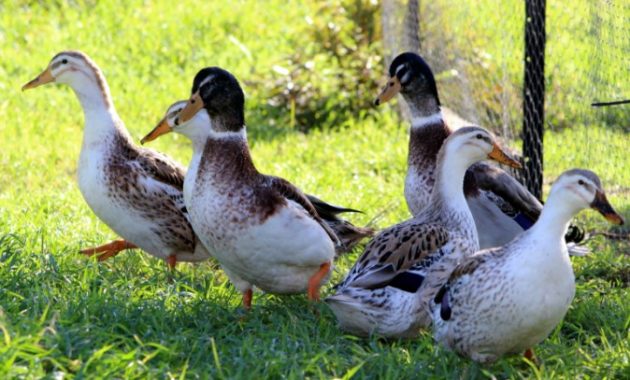
These are large and sturdy ducks and can weigh up to eight pounds at maturity. They have a chestnut breast with dark bronze tail feathers and orange feet and legs.
This breed was developed in 1940 but was not introduced outside of England until 1960. They are a calm species and as long as they are well fed, they stay close to home.
Keyword: Types of Ducks
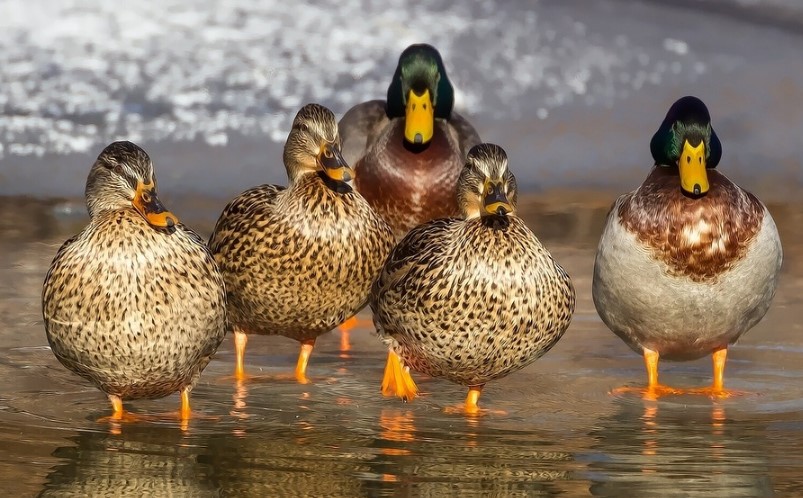
Tanks for that information now I know more about ducks